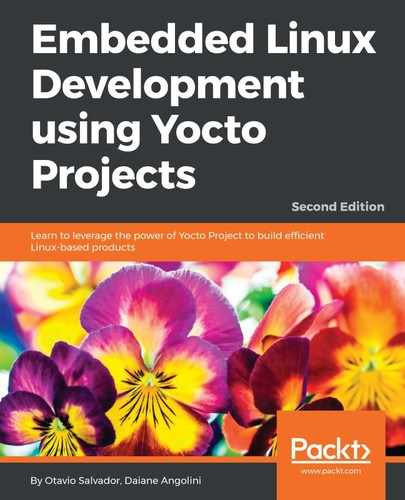To ease our understanding of the duties and outcomes provided by the Yocto Project, we can use the analogy of a computing machine. The input is a set of data that describes what we want, that is, our specification. As an output, we have the desired Linux-based embedded product.
If the output is a product running a Linux-based operating system, the result generated is the pieces that compose the operating system, such as the Linux kernel, bootloader, and the root filesystem (rootfs) bundle which are properly organized.
To produce the resultant rootfs bundle and other deliverables, the Yocto Project's tools are present in all intermediary steps. The reuse of previously built utilities and other software components are maximized while building other applications, libraries, and any other software components in the right order and with the desired configuration, including the fetching of the required source code from their respective repositories, such as The Linux Kernel Archives (www.kernel.org), GitHub, and www.SourceForge.net.
The Yocto Project's tools prepare its own build environment, utilities, and toolchain, reducing the amount of host software dependency. A subtle but important implication is that the determinism is considerably increased as the utilities and their versions as well as their configuration options are the same, thus minimizing the number of host utilities to rely on and producing the same result independent of the host Linux distribution being used.
We can list some projects, such as Poky, BitBake, and OpenEmbedded-Core, under the Yocto Project umbrella, all of them being complementary and playing specific roles in the system. We will understand exactly how they work together in this chapter and throughout the book.
